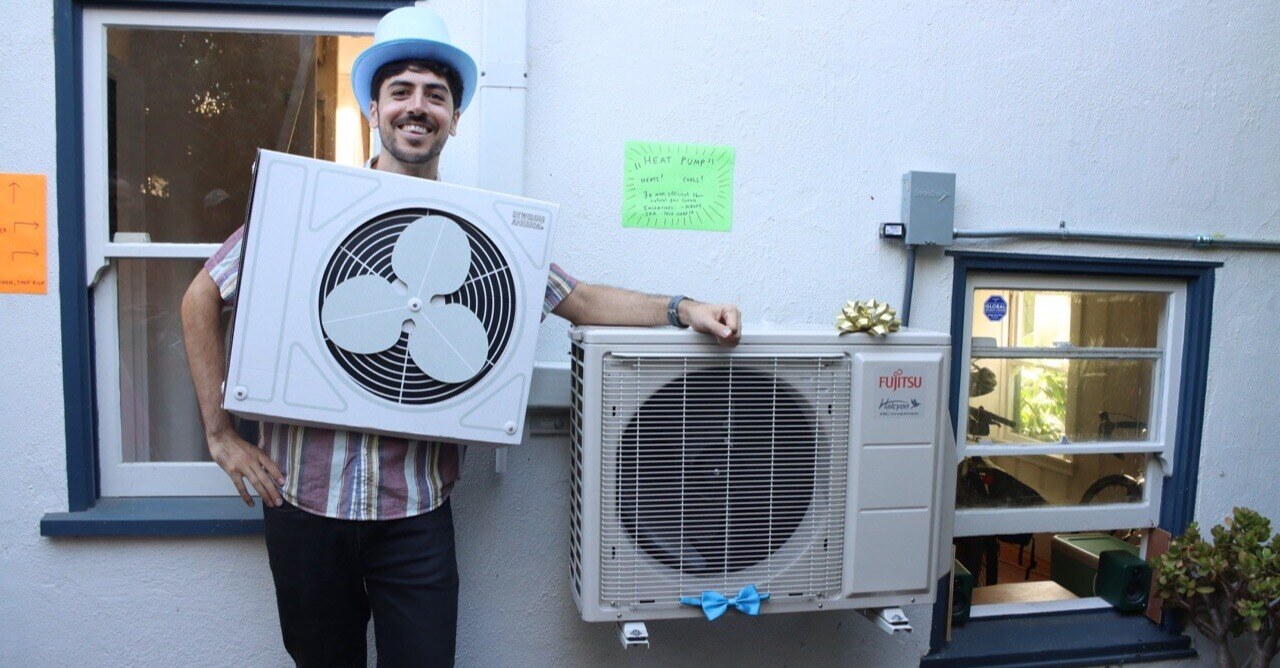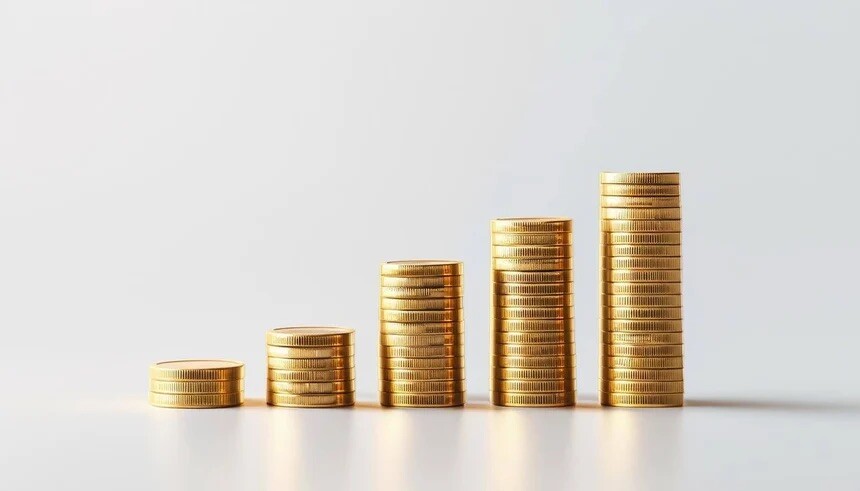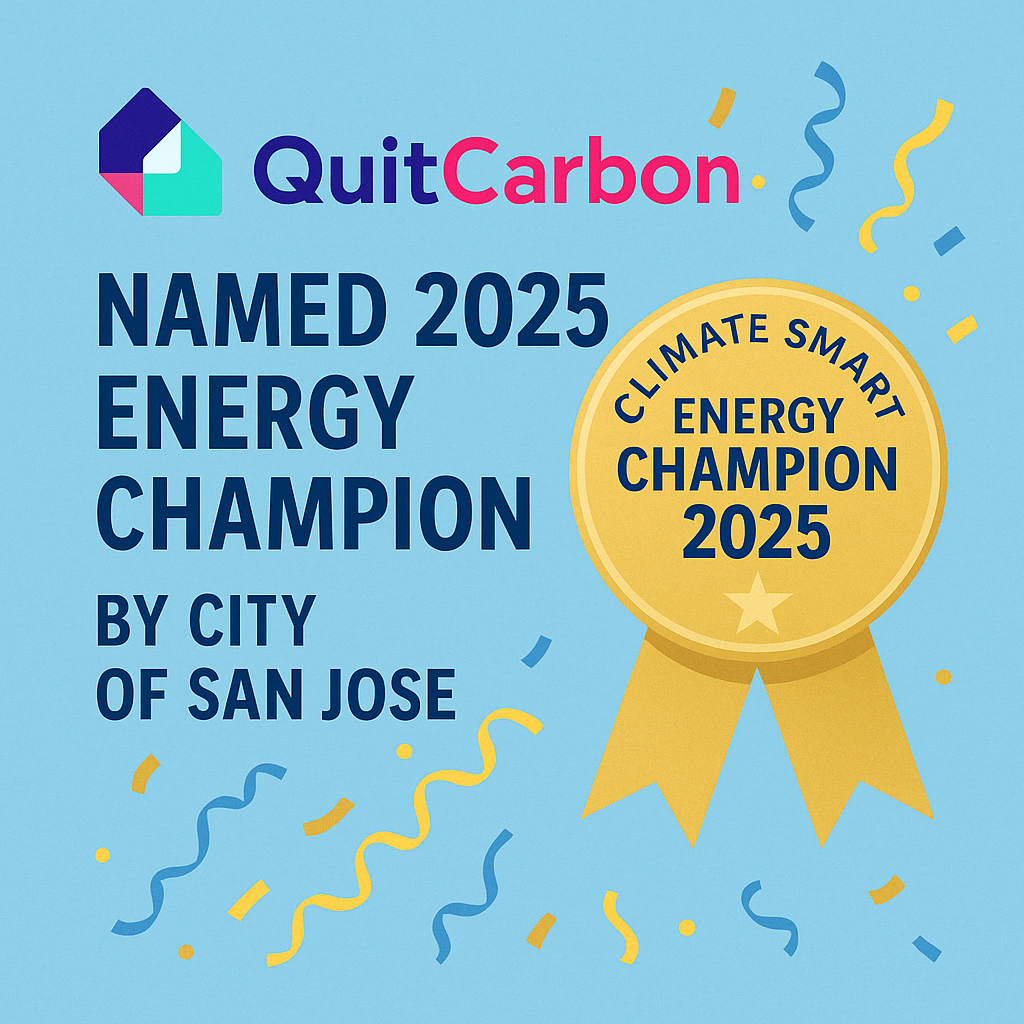Scaling Sustainability with the DOE's Buildings UP Initiative
QuitCarbon hit a key milestone with a Phase 1 award from Buildings UP. Now we're putting a plan into place.
 In a landmark achievement for our company and our community, QuitCarbon earned a Phase 1 award for the Buildings Upgrade (Buildings UP) prize last year. This victory, awarded by the U.S. Department of Energy (DOE), not only recognized our innovative approach to reducing carbon emissions in homes, but also set the stage for a broader initiative that is currently unfolding in Phase 2.
In a landmark achievement for our company and our community, QuitCarbon earned a Phase 1 award for the Buildings Upgrade (Buildings UP) prize last year. This victory, awarded by the U.S. Department of Energy (DOE), not only recognized our innovative approach to reducing carbon emissions in homes, but also set the stage for a broader initiative that is currently unfolding in Phase 2.
Phase 1: A Springboard for Change
Our winning concept? An ambitious plan to upgrade 200 homes in 200 days with heat pump water heaters (HPWHs) and efficiency measures, specifically targeting San Francisco's Bayview neighborhood. Bayview is the largest disadvantaged community in San Francisco with over 34,000 residents, or 4.5% of the city’s total population. It's close to two major freeways – and consistently has one of the worst air quality indices in the city.
The success of our "200 x 200" concept relies on collaboration with key partners: San Francisco Department of the Environment, PODER, and the Rising Sun Center for Opportunity.
Phase 2: The Implementation Plan
The Phase 1 award provided vital funding for QuitCarbon and partners to develop a thoroughly-researched and validated Initiative Implementation Plan for this undertaking. The Implementation Plan focuses on two main areas: the installation of HPWHs, and comprehensive building insulation and weatherization services.
Heat Pump Water Heaters
HPWHs use electricity to transfer heat from the surrounding air to water in a tank, rather than generating heat directly. They can be 2-3 times more energy-efficient than gas water heaters. Heat pump water heaters also offer important community health benefits - improving local air quality by reducing gas combustion exhaust, which includes dangerous NOx.
Insulation and Weatherization
Home insulation involves using materials like fiberglass, cellulose, foam, and mineral wool to reduce heat transfer between a building's interior and exterior. This insulation is commonly applied to walls, attics, floors, and crawl spaces. Weatherization, on the other hand, involves measures to protect a building from outdoor elements, focusing on reducing air leaks and enhancing ventilation. Typical weatherization activities include sealing air leaks, caulking, weatherstripping, and installing vapor barriers.
A Research-Driven Approach
We're conducting thorough analyses to guarantee the long-term success of our initiative, focusing on:
- Assessing and strengthening supply chain capabilities
- Evaluating and enhancing local workforce/contractor readiness
-
Researching and identifying ways to assure quality installations and trouble-free deployments
- Developing methods to measure and verify energy savings
The Road Ahead
As we progress through Phase 2, we're actively shaping a healthier, more equitable San Francisco. This process transcends simple building upgrades – it's about revitalizing communities, creating sustainable job opportunities, and pioneering a model for urban sustainability.
Stay tuned as we continue to innovate, engage, and work towards a future where clean, efficient energy is accessible to all!



